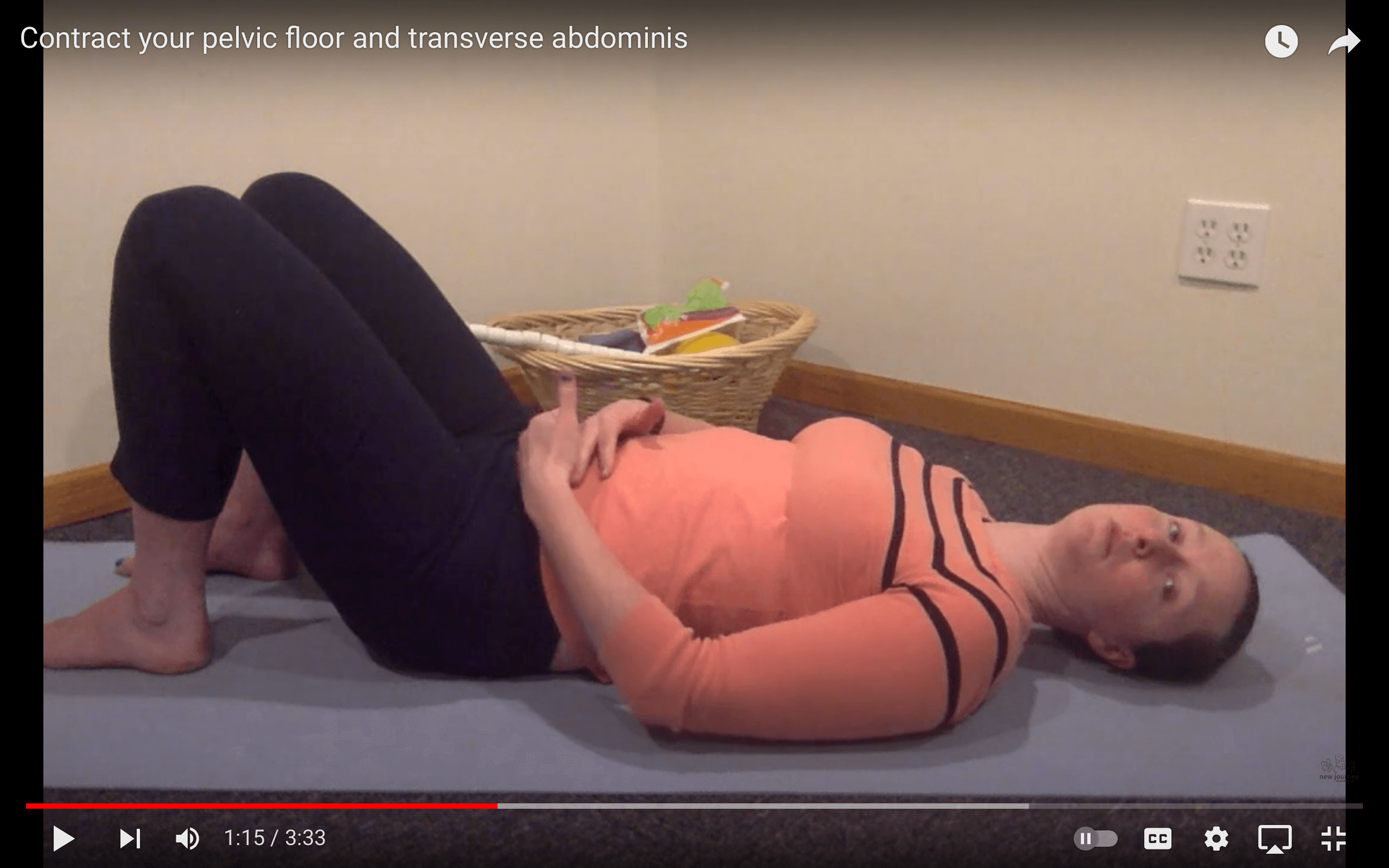How do I close the gap part 2
Before you read any further, check out my other posts about rectus diastasis here:
What is rectus diastasis?, Do I have rectus diastasis?, Why didn’t my rectus diastasis close on it’s own? and Part 1 of this series: How do you close the gap part 1
If you are reading this, then you should have a wonderful 360 breath pattern with good alignment of your rib cage and pelvis. This is important because we want to make it easier for your muscles to engage. If your muscles are aligned to engage well, then it will be easier for your brain to communicate with them to get the input you need to contract your abdominal and pelvic floor muscles well. If you strengthen the rectus abdominis muscle then the gap narrows. If you strengthen the transverse abdominis muscle then the fascia is pulled taut. If you do both, then you will be able to contract your abdominal muscles to respond to pressure in your abdomen and feel stronger. Your organs will have something holding them in on the front of your body providing counter pressure so that your belly will appear smaller. You can do this!
The first step is to be able to contract your lower transverse abdominis muscle and your pelvic floor on exhale. These muscles should already be moving inward as you exhale, so it is usually easier to teach you how to engage them on exhale first. Check out this video!
Now that you have mastered engaging your lower transverse abdominis on exhale you can and should use this with any “core” exercise or abdominal exercise. Your lower transverse abdominis and pelvic floor muscles should be engaging first as you engage your “core” These muscles provide inward pressure to counteract the outward pressure created as you crunch, as gravity pulls your belly down in a plank or on all fours, as pressure increases in a squat or lunge, or as you lift weights. Carry this basic technique into everything you do!
Questions?
Leave them below!



